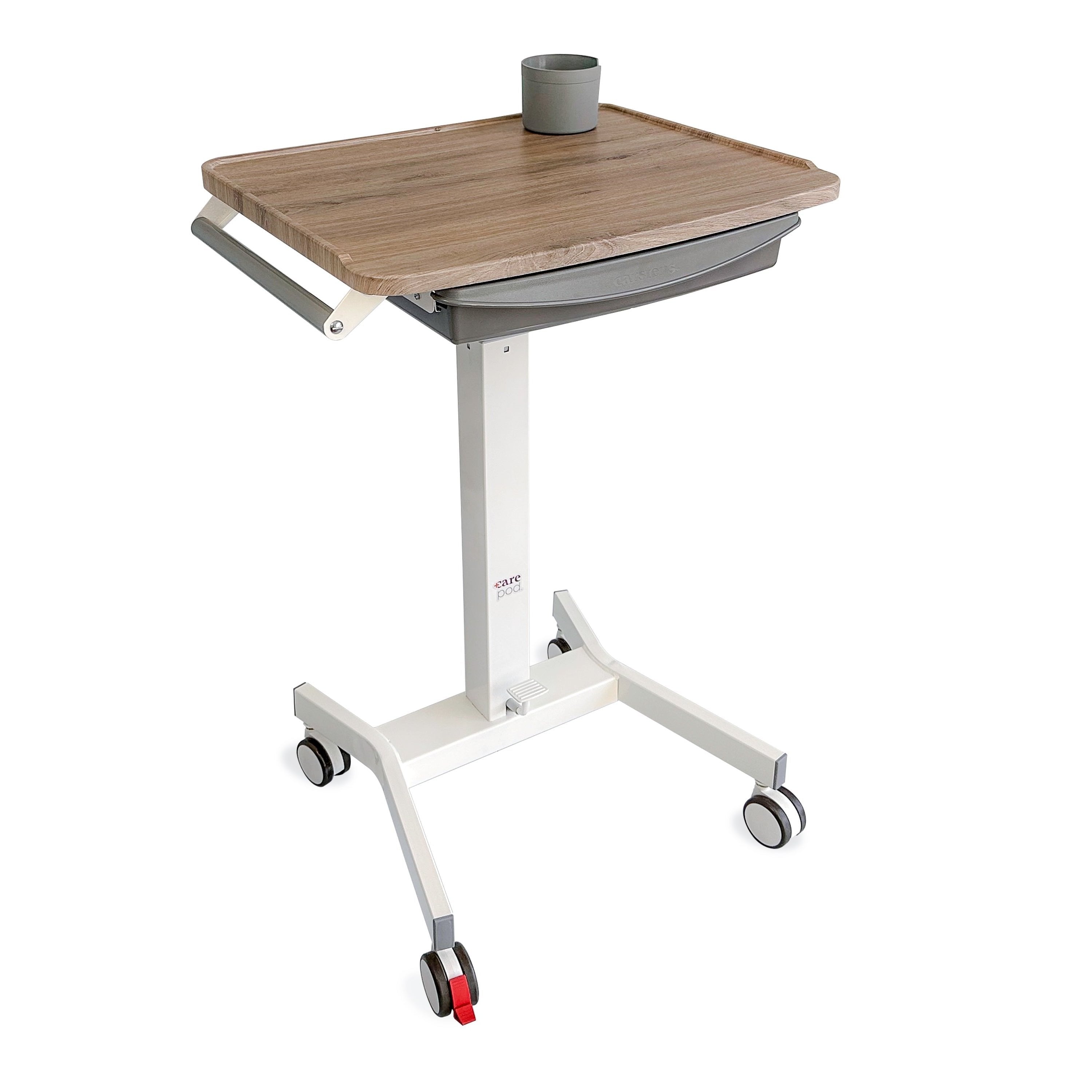As natural and artificial disasters become more frequent, the question isn’t if a hospital will encounter a crisis but when. Hospitals must equip themselves to efficiently handle emergencies and safeguard their patients and staff. Enhancing disaster preparedness processes is vital to maintaining a resilient healthcare system capable of effectively responding to crises. Here’s how hospitals can prepare for any disaster, ultimately ensuring better patient outcomes.
Understand the Types of Disasters
Disaster preparedness begins with recognizing potential disaster types, such as natural (earthquakes and floods) and artificial (industrial accidents and terrorism). Each type poses unique challenges, necessitating specific strategies for preparation. Hospitals should evaluate their vulnerabilities through risk assessments that consider location, structure, and emergency protocols to effectively prioritize their preparedness efforts.
Developing a Comprehensive Plan
Hospitals should develop a comprehensive emergency preparedness plan based on the vulnerabilities identified. This plan should outline specific actions to take before, during, and after a disaster. It should address evacuation procedures, resource allocation, and communication strategies to ensure all staff members know their roles in an emergency.
Building a Response Team
A hospital’s disaster response is only as effective as its dedicated team. Building a team with clearly defined roles for each member, from medical staff to logistics coordinators, is essential for coordinated action during emergencies. This clarity reduces confusion and ensures comprehensive coverage of disaster response, while regular training and drills solidify these roles.
Training and Drills
Ongoing training is crucial for keeping the disaster response team prepared. Hospitals should conduct regular drills that simulate various disaster scenarios. These drills help identify gaps in the plan and provide hands-on experience for the response team.
Collaboration With External Agencies
Hospitals should not confine their disaster preparedness within the facility. They should collaborate with local emergency services, public health departments, and other healthcare facilities. These partnerships ensure a coordinated response and provide additional resources during a crisis.
Ensuring Adequate Supplies
The availability of medical supplies and equipment is crucial in a disaster, potentially making the difference between life and death. Hospitals must maintain adequate stockpiles, establish reliable supply chains, and foster relationships with multiple suppliers to ensure a steady flow of essential items such as:
- Medications
- Surgical equipment
- PPE
- Food
- Water
Regular inventory checks and stock rotation are crucial for keeping supplies within expiration dates. Using automated inventory management systems can enhance efficiency by tracking stock levels in real-time, ensuring hospitals can swiftly and effectively respond to emergencies.
Strengthening Infrastructure
A hospital’s physical infrastructure is critical in its ability to withstand disasters. Strengthening the building and its systems can prevent extensive damage and ensure continued operation during emergencies.
Structural Reinforcement
Hospitals should invest in structural reinforcement to protect against natural disasters such as earthquakes and hurricanes. These reinforcements may include retrofitting existing buildings with stronger materials or constructing new facilities with disaster-resistant designs.
Backup Power Systems
Power outages are common during disasters, making backup systems for physical paper documents essential. Organizations, especially medical offices, should have secure storage solutions to protect important records from damage.
Implementing efficient medical office filing systems safeguards patient information and ensures quick access during emergencies. Regularly maintaining and organizing these documents will ensure they are easily accessible when needed.
Enhancing Communication Systems
Effective communication is vital during a disaster. Hospitals should invest in communication systems, including satellite phones, two-way radios, and secure messaging platforms. These systems ensure that staff can communicate with each other and external agencies, even if traditional communication networks fail.
Prioritizing Patient Safety
Patient safety is the top priority during any disaster, requiring hospitals to implement strong protocols for ongoing care, even in challenging situations. Outline and regularly practice clear evacuation procedures, including safe routes and assembly points, while ensuring that critical medical records and equipment are portable.
Hospitals should also have strategies for treating current patients while accommodating new arrivals. Telemedicine is a valuable tool for maintaining care continuity when physical facilities are unavailable.
Engaging the Community
Hospitals are essential to community disaster preparedness and should actively engage the public through trust-building and awareness campaigns on emergency readiness. Collaborating with local organizations, schools, and businesses enhances disaster response efforts by pooling resources. Additionally, establishing volunteer programs allows community members to participate in training and drills, support medical staff, and improve overall emergency resilience.
Leveraging Technology and Innovation
Technology and innovation are transforming hospital disaster preparedness by enhancing capabilities and improving response times. Telemedicine has revolutionized healthcare during disasters, enabling hospitals to offer remote consultations, triage patients, and monitor chronic conditions. This mindful leveraging reduces strain on physical facilities and ensures continued care in challenging situations.
Predictive Analytics
Predictive analytics uses data to forecast potential disasters and their impact on healthcare facilities. Hospitals can use this information to make informed decisions about resource allocation, staffing, and evacuation procedures. Predictive analytics can also help identify vulnerable populations and prioritize their care.
Mobile Health Applications
Mobile health applications offer a convenient way to provide information and support to patients and staff during disasters. Hospitals can develop apps that provide real-time updates, emergency contact information, and self-care tips. These apps empower individuals to take control of their health and safety during a crisis.
Evaluating and Improving Preparedness
Hospital disaster preparedness is an ongoing process that involves regular reviews and updates to emergency plans. After-action reviews after disasters or drills help identify strengths and weaknesses by involving all staff in the evaluation. Regularly updating emergency plans is essential to incorporate new information and adapt to changes in infrastructure, technology, and best practices, ensuring their effectiveness.
Engaging in Continuous Training
Training should be an ongoing effort that encompasses all aspects of disaster preparedness. Hospitals should offer regular training sessions, workshops, and simulations to update staff on the latest protocols and technologies. Continuous training ensures that everyone can effectively respond to any disaster.
Building a Culture of Preparedness
Hospitals can prepare for any disaster by creating a culture of preparedness that involves leaders prioritizing disaster readiness through resource allocation and clear expectations. Involving staff in planning boosts their ownership and motivation, while regular feedback from stakeholders is essential for continuous improvement. Improve your facility’s disaster preparedness by identifying vulnerabilities, creating response teams, ensuring supplies, and using technology to build a more resilient healthcare system.







